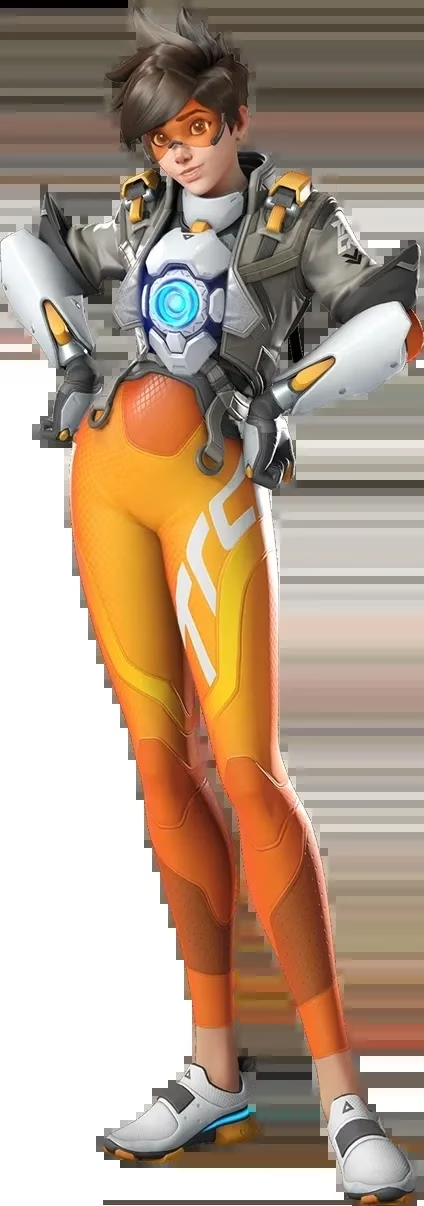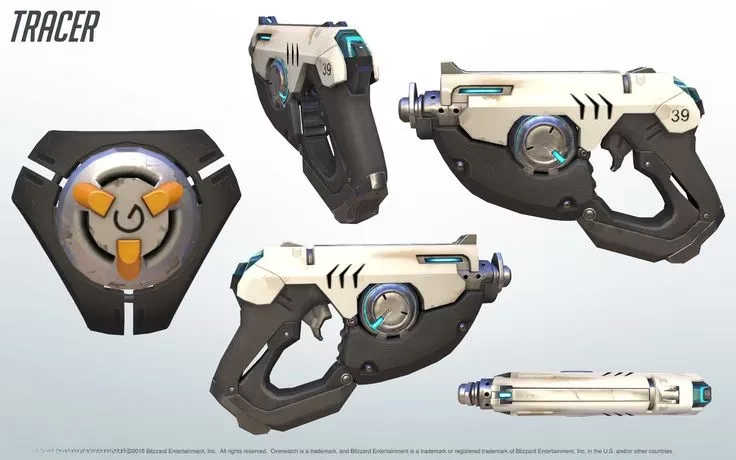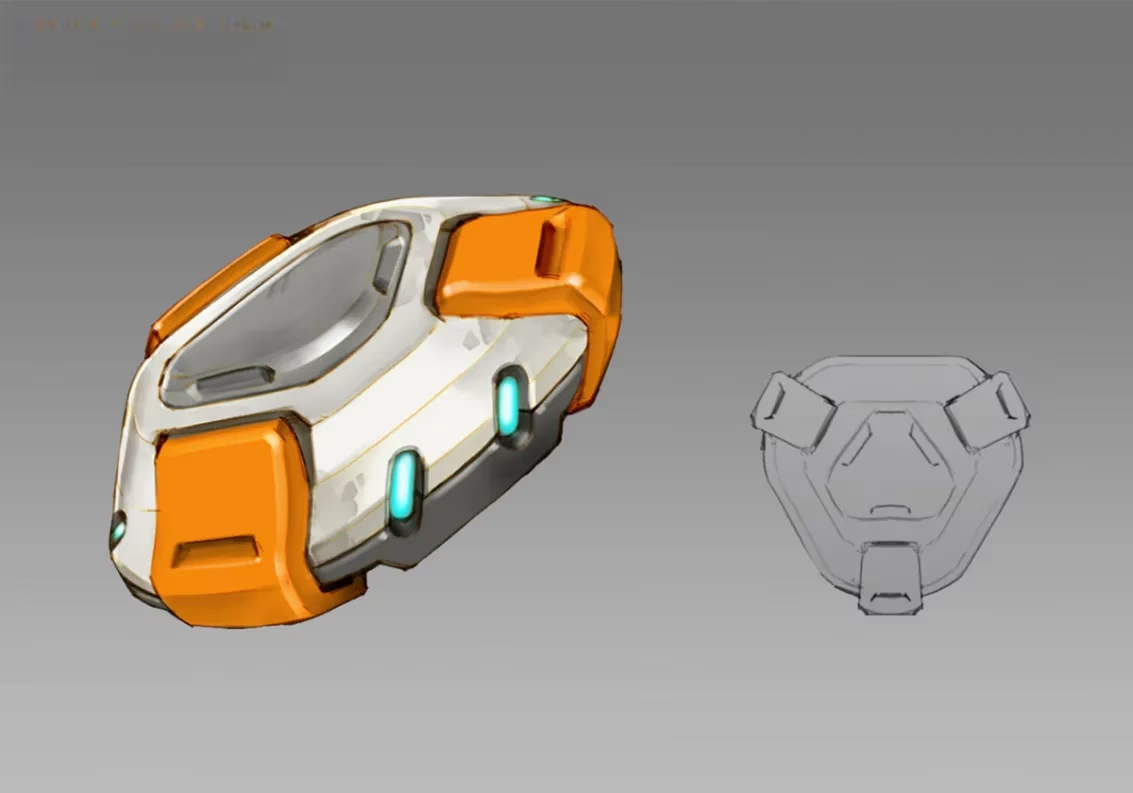In the ever-evolving world of Overwatch 2, few heroes have maintained the same level of impact and excitement as Tracer. Since her introduction in the original game, this time-bending adventurer has been a fan favorite for her high-speed gameplay and unmatched mobility. As we move through 2025, Tracer continues to be a formidable force in the right hands, though recent updates have shifted how players need to approach this iconic damage hero.

The Evolution of Tracer in Overwatch 2
Tracer's journey from Overwatch to Overwatch 2 has been fascinating to watch. While her core abilities remain largely unchanged, subtle tweaks to her kit and the changing meta have transformed how effective Tracer players approach the battlefield. In Overwatch 2, Tracer still wields her signature Pulse Pistols, Blink ability, Recall, and Pulse Bomb ultimate, but with some noteworthy adjustments.
One significant change that came with Overwatch 2 was the increase in her ammo capacity from 40 to 60, while her damage per shot was slightly reduced from 5.5 to 5. This adjustment gives players more sustained firepower before needing to reload, making her more forgiving for newer players while maintaining her high skill ceiling.
The shift to 5v5 in Overwatch 2 has also been a game-changer for Tracer mains. With one less tank on the field, Tracer has more room to maneuver and fewer barriers to contend with, though this also means she's sometimes more exposed to damage threats.
Mastering Tracer's Abilities in 2025
Pulse Pistols: The Backbone of Her Arsenal
Tracer's twin Pulse Pistols remain her bread and butter. These short-range automatic weapons deliver 12 damage per shot at close range with significant falloff at distance. With her current 60-round magazine, Tracer can deal impressive damage when all shots connect, especially when landing critical hits.
The key to maximizing Tracer's damage output is mastering her spread control. After about three shots, her pistols reach maximum spread, so learning to fire in controlled bursts can improve accuracy at medium distances. As the saying goes in the competitive scene, "Spray and pray might work today, but aim control wins the tournament."

Blink: The Art of Mobility
Tracer's Blink ability is what truly sets her apart from other heroes. With three charges that regenerate every few seconds, effective Blink management is what separates average Tracers from exceptional ones.
The most effective Tracer players use Blink not just as an escape tool but as a strategic positioning advantage. Blinking through enemies to confuse them, using vertical surfaces to change elevations, and saving at least one Blink charge for emergency escapes are all advanced techniques that top players employ.
Pro tip: In 2025's meta, the "Blink-Melee" combo remains effective. Blink through an enemy, turn 180 degrees, and immediately melee for a quick 30 damage that can finish off low-health targets.
Recall: Your Second Chance
Recall is Tracer's get-out-of-jail-free card, returning her to her position from three seconds ago while restoring her health to the highest point during that time. It also reloads her Pulse Pistols automatically, making it both a defensive and offensive tool.
The best Tracer players mentally track their positions and health over the past three seconds, allowing them to use Recall proactively rather than reactively. This ability also cleanses most negative status effects, making it invaluable against heroes like Ashe, Ana, and Mei.
Pulse Bomb: Timing is Everything
Tracer's ultimate ability, Pulse Bomb, has seen significant changes in recent updates. Once dealing 350 damage, it now delivers a whopping 550 damage upon explosion, making it more lethal against even tankier heroes.
The bomb's sticky nature makes it ideal for targeting immobile opponents or those caught in crowd control abilities. While it can be difficult to land consistently, a well-placed Pulse Bomb can turn the tide of a team fight instantly.

Strategic Approaches for Today's Meta
Flank and Harass
Tracer excels as a flanker who can disrupt enemy backlines. In 2025's meta, with support heroes often having enhanced defensive capabilities, the approach has evolved from "dive and eliminate" to "harass and distract."
Even if you're not securing eliminations, forcing enemies to turn around and deal with you creates space for your team to push forward. As my old coach used to say, "A Tracer that's not being shot at isn't doing her job."
Target Priority
While Tracer has traditionally focused on eliminating support heroes, the current meta sometimes requires a more nuanced approach. Priority targets now include:
-
Isolated support heroes (particularly Zenyatta and Ana)
-
Enemy damage dealers with limited mobility
-
Tanks when they're already engaged with your team
-
Support heroes with strong defensive abilities (like Kiriko or Baptiste) when their key abilities are on cooldown
Working with Your Team
The days of Tracer being a lone wolf are largely behind us. In 2025, the most successful Tracer players coordinate their dives with their team's engagements. When your tank initiates, that's often the perfect time to strike from the flank, as enemies will be distracted and less likely to focus you down.
Countering Common Threats
Tracer still struggles against certain heroes, and being aware of these matchups is crucial for success:
-
Cassidy: His Flashbang replacement still poses a threat, and his high damage can delete Tracer quickly. Bait out his abilities before fully committing.
-
Moira: Her auto-lock beam and self-healing make her surprisingly resilient against Tracer. Engage only when you have a clear advantage.
-
Torbjörn: His turret provides consistent damage that can be annoying for Tracer. Destroy it from a safe distance before engaging.
The Latest Perks System and Tracer
With Overwatch 2's perk system now fully integrated into gameplay, Tracer has gained some interesting options that can complement different playstyles.
At level 2, choosing between "Quick Reload" (health packs restore a Blink charge) and "Combat Readiness" (melee hits grant 20 ammo) gives players flexibility based on their approach. For aggressive players who like to stay in the fight, Combat Readiness provides more sustained damage potential.
At level 3, the choice between "Spatial Echo" (Recall increases Blink recovery rate by 150% for 3 seconds) and "Temporal Shift" (Recall grants 50 overhealth and 20 ammo) offers further customization. Spatial Echo favors mobility-focused players, while Temporal Shift provides more durability for extended engagements.

Final Thoughts on Overwatch 2 Tracer in 2025
Despite some players feeling that Tracer has lost effectiveness in recent patches, she remains a viable and potent force in Overwatch 2 when played correctly. The key difference is that she now requires more team coordination and strategic thinking rather than relying solely on mechanical skill to dominate matches.
As one top 500 player recently noted, "Tracer hasn't gotten weaker—the skill floor has just gotten higher." That's the tea, as they say.
With proper ability management, target prioritization, and team coordination, Tracer continues to be one of the most rewarding heroes to master in Overwatch 2. Her unique combination of mobility, damage potential, and playmaking ability ensures she'll remain a staple in the damage roster for the foreseeable future.
Whether you're a seasoned Tracer veteran or just picking her up for the first time, there's never been a more interesting time to blink into battle with this iconic hero. As Tracer herself would say, "The world could always use more heroes!"
